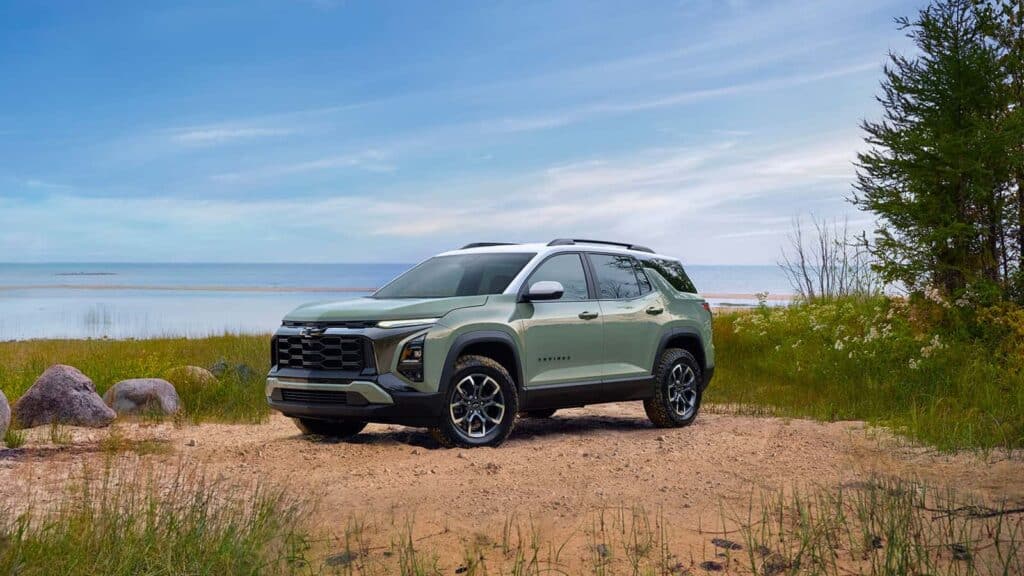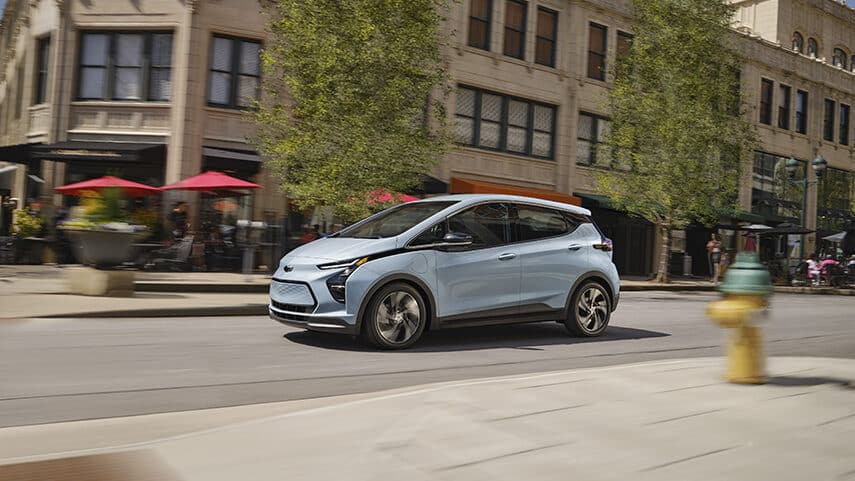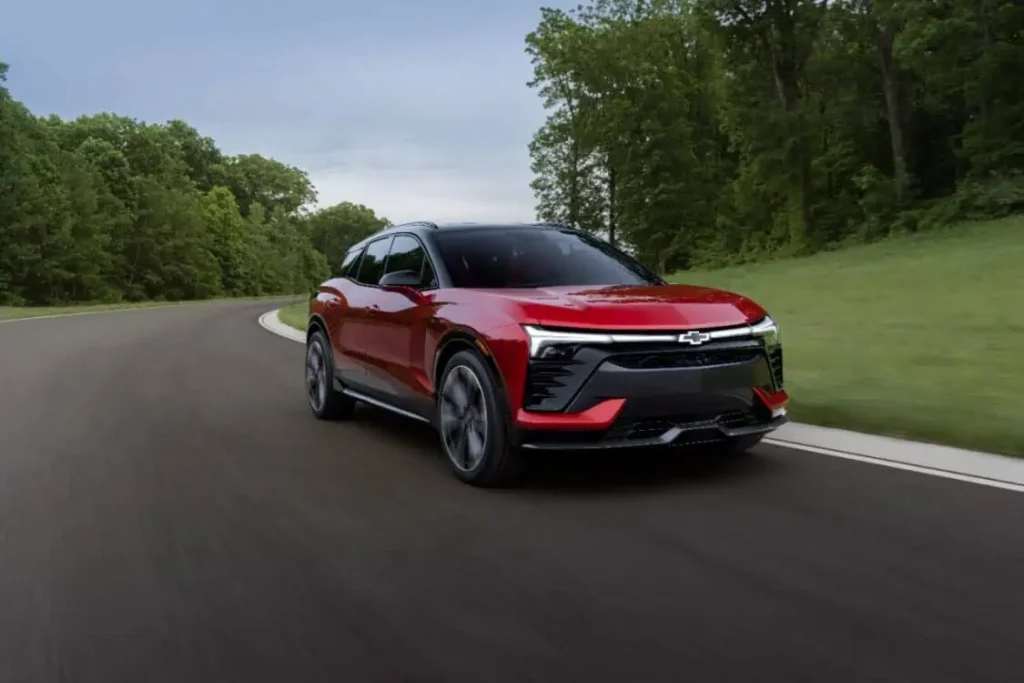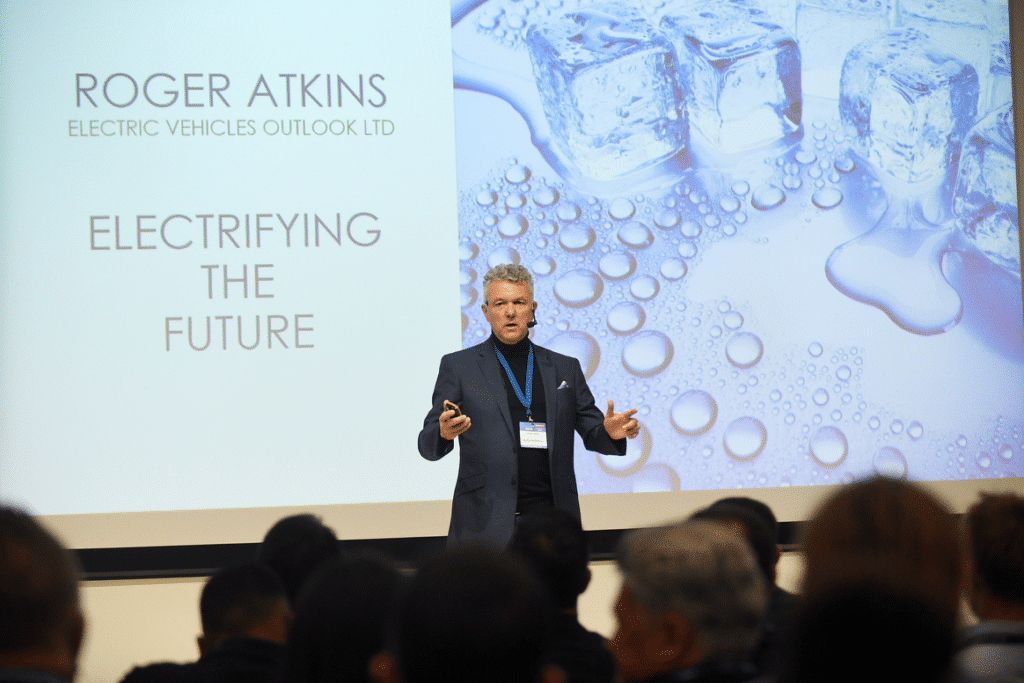Global EV Sales Rise 13% in June, US up 11.3% in Q2, US Subsidizes OEMs
The global takeover of battery electric vehicles (BEVs) and plug-in hybrid electric vehicles from internal combustion engine (ICE) vehicles is happening much faster than many people realize. When looking at global EV sales, the evidence is clear. EVs are here to stay, and are quickly taking over ICE. Bloomberg reported that global sales of ICE vehicles have fallen each year since 2017 thanks to EVs taking up a growing share.

China Accounted for 60% of Total Global EV Sales in June, Global EV Sales Rise 13%
Reuters recently reported that global sales of fully electric and plug-in hybrid vehicles rose by 13% in June compared to the same month in 2023. This growth was driven primarily by the Chinese market, which accounted for over 60% of the total sales. The increase in China’s domestic market share of PHEVs was attributed to the rising availability of electric vehicles and strong sales by BYD. In contrast, EV sales in Europe declined during this period, as noted by Charles Lester, a data manager at market research firm Rho Motion.
According to Rho Motion, global sales of plug-in hybrid vehicles (PHEVs) reached 1.4 million in July. China accounted for 0.86 million of these sales, marking a 25% year-on-year increase. In Europe, monthly PHEV sales dropped by 7% to 0.30 million, with significant declines in Finland, Ireland, and the Netherlands. However, Italy saw a 34% increase in PHEV sales due to new government incentives. In the United States and Canada, PHEV sales rose by 6% to 0.14 million in July. BYD sales surged in Brazil, contributing to more than tripled figures from June 2023.
“The overall picture is that 2024 is not going to see the ambitious growth some may have hoped for the industry and we have lowered our forecasts by 5% to 16.6 million electric cars sold this year”, Lester said. “Regional disparities are quite remarkable”, Lester added.
EV Sales Demand Slowed in the US Due to Sales Growth Slowdown in Q1
Kelley Blue Book said EV sales growth slowed to 2.6% in the U.S in the first quarter of 2024. EV sales in 2023 had outpaced 2022’s by an outstanding 46.4% in the same quarter. The sales growth slowdown for EVs in the US in the first quarter of 2024 is widely misunderstood. It caused a widely held perception that the EV industry is failing. This is not true. The EV industry continues to grow. Slow sales in Q1 from Nissan, GM, and VW also contributed to the problem. Ford, Cadillac, Hyundai, Rivian, Mercedes, BMW, and Toyota all had great EV sales in Q1, proving that EVs are viable.
America’s Q2 EV Resurgence Means the EV Boom is Back
The latest data from Kelley Blue Book and parent company Cox Automotive reveals a notable growth in the U.S. electric vehicle (EV) market. In the second quarter, EV sales surged by 11.3% year over year, reaching a record volume of 330,463 units. This growth was driven by factors such as improved vehicle availability, higher discounts, and increased leasing activity. Compared to the first quarter, EV sales saw a 23% increase.
Electric vehicles now represent approximately 8% of total new-vehicle sales in the second quarter, up from 7.1% in the first quarter and 7.2% in the same quarter last year.

Cox Automotive Industry Insights Director Stephanie Valdez Streaty commented: “EV sales exceeded expectations during a record-breaking quarter. The overall competitive landscape for electric vehicles is intensifying. This increased competition is leading to continued price pressure, gradually boosting EV adoption. Automakers that deliver the right product at the right price and offer an excellent consumer experience will lead the way in EV adoption.”
New electric models from mainstream competitors and aggressive pricing strategies are offering consumers more choices. Notable new entries in Q2 include:
- BMW i5
- Cadillac Lyriq
- Honda Prologue
- Kia EV9 SUV
Ford’s EV lineup, featuring higher volumes of the Mustang Mach-E and F-150 Lightning, helped the brand maintain its No. 2 position in the EV market.
General Motors made significant contributions to the EV market, adding over 21,000 EVs in Q2. New models like the electric Chevy Blazer, Equinox, and Silverado collectively sold more than 10,000 units. However, Chevrolet’s overall EV sales were down 19% year over year, partly due to the discontinuation of the Chevy Bolt.
Other major players like Mercedes-Benz, Polestar, Porsche, Volvo, and VW also saw a decline in their year-over-year EV sales in Q2.

Added Valdez Streaty, “We remain bullish on electric vehicle sales in the long term. The growth will, at times, be very slow, as all-time horizons in the automobile business are vast, but the long-term trajectory suggests that higher volumes of EVs will continue over time. As EV infrastructure and technology improve, and more models are launched, many shoppers sitting on the fence will eventually choose an EV.”
US Begins Direct OEM Subsidies
The White House announced on Thursday that it will allocate $1.7 billion to assist in converting closed-down or at-risk auto manufacturing and assembly facilities for the production of electric and hybrid vehicles.

“This announcement is a hallmark of the Biden administration’s industrial strategy, which is a strategy to bring manufacturing jobs back to America after years of offshoring,” Energy Secretary Jennifer Granholm told reporters.
The Department of Energy has selected plants in eight states to receive the $1.7 billion in funding from the landmark Inflation Reduction Act. These states include key battlegrounds such as Michigan and Pennsylvania. The funding aims to help convert closed-down or at-risk auto manufacturing and assembly facilities for the production of electric and hybrid vehicles.
“Building a clean energy economy can and should be a win-win for union autoworkers and automakers. This investment will create thousands of good-paying, union manufacturing jobs and retain even more—from Lansing, Michigan to Fort Valley, Georgia – by helping auto companies retool, reboot, and rehire in the same factories and communities,” President Joe Biden said in a statement.
According to the administration, these projects are expected to create approximately 2,900 new jobs and preserve 15,000 jobs that would have otherwise been lost. The awardees of this funding include major automakers such as GM and Volvo, as well as suppliers like American Auto Parts. The selected plants cover a range of operations from vehicle component manufacturing to full vehicle assembly, as stated by a senior administration official.
In October, Stellantis agreed to build a new $3.2 billion battery plant and invest $1.5 billion in a new mid-size truck factory in Belvidere, Illinois, as part of a new union contract. President Biden has highlighted this project. The Department of Energy plans to award Stellantis $334.8 million to convert the shuttered Belvidere Assembly plant for EV production and $250 million to convert its Indiana Transmission Plant in Kokomo for producing EV components. Stellantis stated that these expected awards are “an important step in continuing to expand our electrified vehicle offerings.”
- Hyundai Mobis, a Stellantis supplier in Ohio, will receive $32 million to produce plug-in hybrid components and battery packs. Other awards include:
- $89 million for Harley-Davidson to expand its York, Pennsylvania plant for EV motorcycle manufacturing.
- $80 million for Blue Bird to convert a former Georgia plant to build electric school buses.
- $75 million to engine company Cummins to convert part of an existing Indiana plant to make zero-emission components and electric powertrain systems.
- $208 million for the Volvo Group to upgrade plants in Maryland, Virginia, and Pennsylvania to increase EV production capacity.
- $157 million for ZF North America to convert part of its Marysville, Michigan plant for EV component production.
The DOE must still complete negotiations with these companies on milestones and other requirements, as well as complete environmental reviews, before the awards are finalized.
EV critics say governments are wasting money on EV incentives and grants. They also say EVs wouldn’t survive without them. Neither are true. While EVs would grow more slowly without government help, they are superior to ICE and would take over for ICE regardless, through private investment.
EU Imposes EV Tariffs on China
Last week, the European Union imposed tariffs of up to 37.6% on imports of electric vehicles made in China, according to EU officials. This decision marks the EU’s largest trade case to date and has escalated tensions with Beijing.
UK’s Labour Party Wins, Leading EV Influencer Roger Atkins Speaks
With the Labour Party’s landslide victory in July 2024, there is renewed hope for strong and ambitious green energy policies in the UK. The Labour Party has been known for its commitment to environmental sustainability, and its victory could potentially lead to a reinstatement or even an acceleration of the original 2030 ban on new gasoline and diesel cars. This shift could have significant positive implications for the transition to electric vehicles and the promotion of clean energy.

World-renowned EV influencer Roger Atkins spoke with EVinfo.net about the Labour party win. Atkins is the Founder of Electric Vehicles Outlook Ltd, a business consultancy that helps clients navigate the EV industry in the electric-connected-autonomous-shared vehicles space. As an EV advocate and connector, Atkins shares insights and stories through his popular blog, podcast, and LinkedIn platform, where he has more than 300,000 followers and has been recognized as a Top Voice for EV.
The Road Forward is Clearly Electric
The transportation industry around the world is moving quickly to electric. China has led the world so far, but the US is back to catching up quickly with these Q2 gains. The $1.7 billion from the federal government will go a long way to help convert closed-down or at-risk auto manufacturing and assembly facilities for the production of electric and hybrid vehicles. However, much more is needed. For US OEMs to compete globally, the US needs to directly subsidize its OEMs, similar to the way China did. According to the Center for Strategic and International Studies, China spent $230.8 billion over more than a decade to develop its electric car industry.
EV critics have noted recent reports that Ford and GM are losing money on EVs. This is because OEMs need to produce vehicles in large numbers to be profitable. Making small amounts of EVs, while still producing ICE vehicles is unprofitable. These companies will move closer to profitability as EV adoption grows. EV adoption will keep growing, since EVs are a superior tech, as just one reason.

Electric Vehicle Marketing Consultant, Writer and Editor. Publisher EVinfo.net.
Services